
It takes a whole lot to break into the increasingly competitive mobile app market.
To succeed, you’ll need to conduct heavy research on your app ideas as well as your target audience, create a marketing strategy, and assess other vital components in the mobile ecosystem in order to truly thrive.
In app development, it’s common to use frameworks to help get the job done, allowing for an easier and quicker app development process.
In this article, we’ll cover what a mobile app framework is and the best app frameworks available today to get you started on your journey.

Table of Contents
Think of a mobile app framework as a pre-made package. It’s software that can be used in your app project because, well, there’s really no need to reinvent the wheel.
If someone has already coded something you need and made it available for free (open-source), then why not use it to help speed up the development process?
Frameworks allow app developers to write large applications much faster and with fewer issues as well as use features in a very standardized way.
In short, it’s a collection of tools that can help you create a mobile app rather than doing everything from scratch.
Here are a few features that you’ll find with frameworks:
- They use object-oriented techniques
- Some let you reuse code or design components
- They contain a component structure
- Allow for customization
- The codebase is typically centralized in one location
This, of course, can be extremely cost-effective, but how do you choose the right framework for your project?
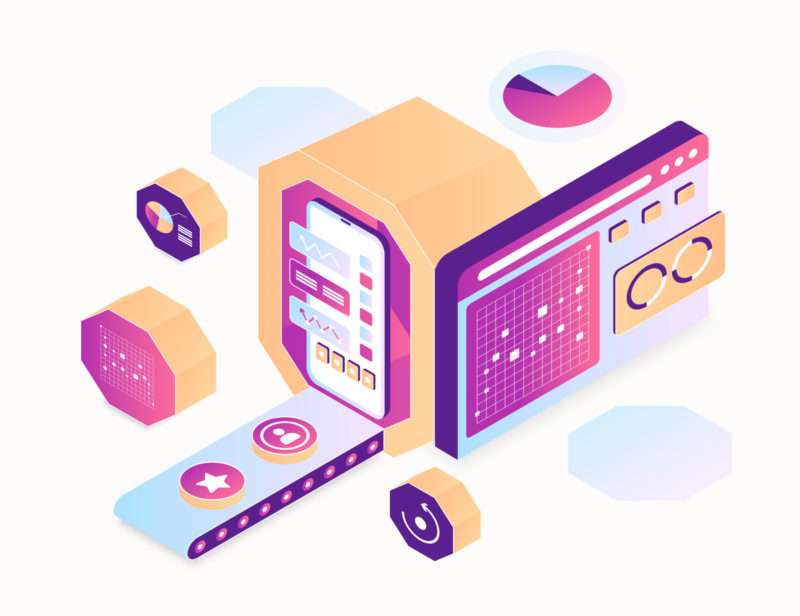
1.1 Choosing a Framework
Every developer should make use of frameworks, even if it’s a minimal framework just for user interface (UI) attractiveness.
They give you out-of-the-box libraries, templates, and components that can save you time and money.
Before choosing a framework, you should understand the needs of your app first, since every framework comes with its own distinctive qualities and features.
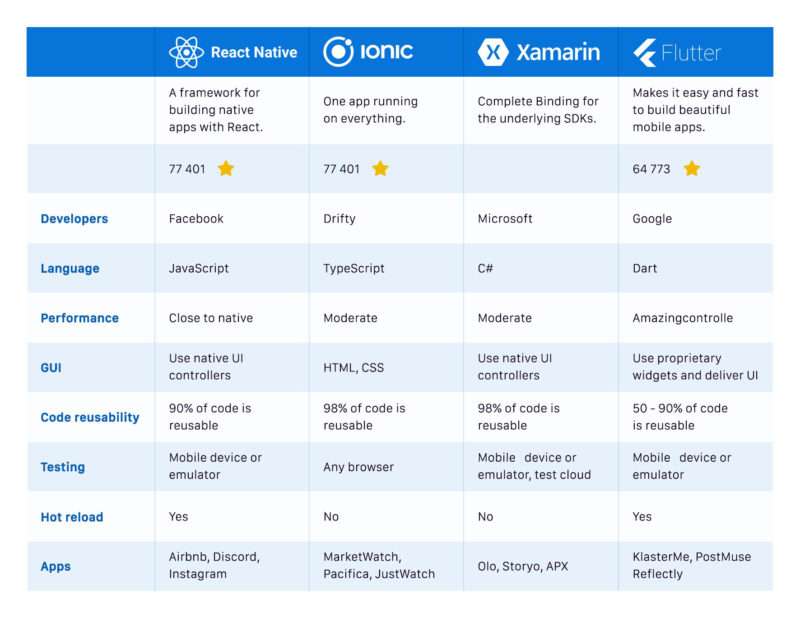
Photo Credit: codeburst.io
For example, there are frameworks geared towards cross-platform apps that give developers the ability to reuse components and code so you don’t have to create multiple codebases when building an app for more than one platform.
Other frameworks are known for giving cross-platform apps a very native-like look and feel, like React Native.
PRO TIP:
What are your goals when using a framework? Remember, every framework comes with it’s own set of features and functionality, so make sure the one you choose will actually benefit your project.
1.2 Types of Web App Frameworks
Before we dive into the best framework for mobile apps, I want to review the two main types of web application frameworks: Server-side frameworks and client-side frameworks—both of which you can take advantage of in your next web project.
Server-side frameworks are about helping you set up application logic on the server.
They handle HTTP requests, URL mapping, and database control. Some popular server-side frameworks include Django, Express, and Ruby on Rails.
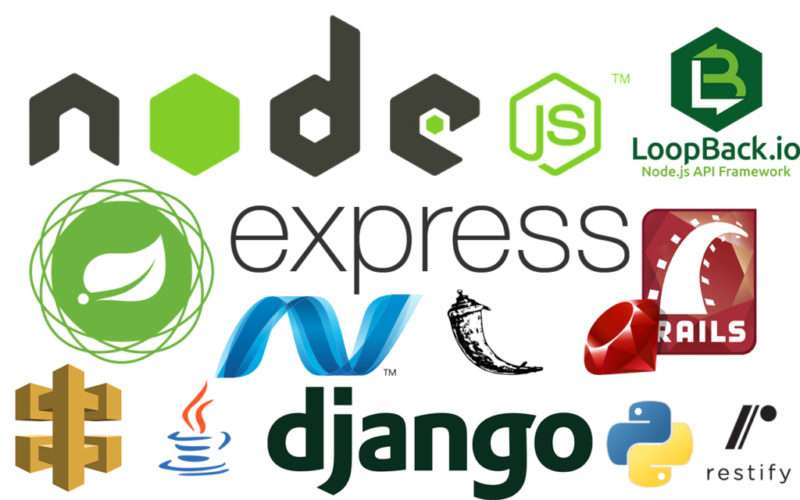
Photo Credit: teqnation.com
Client-side frameworks help set up app logic on the client-side. Some popular client-side frameworks include React.js, Angular.js, Backbone, and plenty others.
But while server-side frameworks involve choosing a programming language you want to develop in, client-side frameworks involve selecting one with specific capabilities, since they often vary in functionality.
1.3 Types of Mobile App Frameworks
When you hear about mobile app frameworks, people are usually referencing frameworks that make it easy to build hybrid or cross-platform mobile applications.
But the three framework types include: native mobile app frameworks for platform-specific app development, mobile web app frameworks, and hybrid app frameworks, which use a mix of features from both web app and native frameworks.
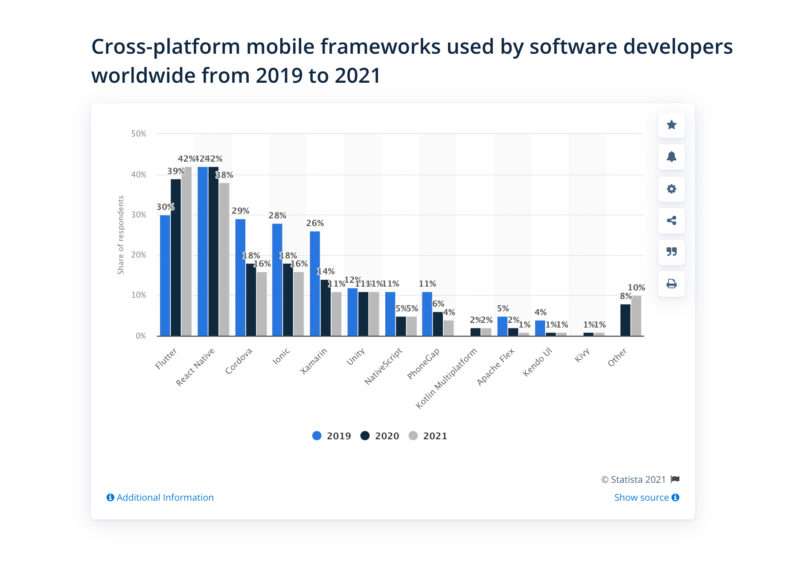
Cross-platform app frameworks are helpful because they offer a way in which to develop apps for multiple platforms while using just one codebase.
Most of these apps are compatible with both Android and iOS.
When you’re building apps for various platforms like Android and iOS, adopting a native development approach can significantly prolong your time to market.
However, the good news is that frameworks exist to streamline the process of developing applications for multiple platforms while maintaining an authentic, native user experience.
In the following sections, we’ll delve into a comprehensive overview of the most widely used app development frameworks in the current industry landscape and highlight their unique advantages.

2.1 React Native
React Native was first introduced in 2018 by Facebook and has since become one of the most popular and widely used application frameworks out there.
This open-source cross-platform framework makes use of a JavaScript library for all platforms and comes with an extensive community of support.
What developers love about React Native is that it’s fairly easy to learn and uses just one codebase that runs on both Android and iOS apps.
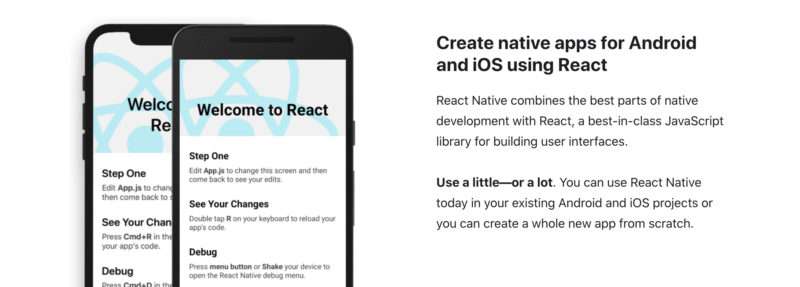
Benefits:
- Developers can build an app that works on both Android and iOS with just one codebase, saving time and money
- React Native uses JavaScript—one of the fastest coding languages
- The framework makes it easy to make updates to the app due to its flexibility
- Developers have the ability to modify the UI components in the framework to their app without having to rewrite the code from scratch
- Some popular apps using React Native include Wix, Instagram, Walmart, and more.
Disadvantages:
- React Native struggles with complex transitions and animations
- Navigation isn’t as clean as a native one
- Security isn’t ensured with their third-party plugins
- Not able to perform on multiple screens
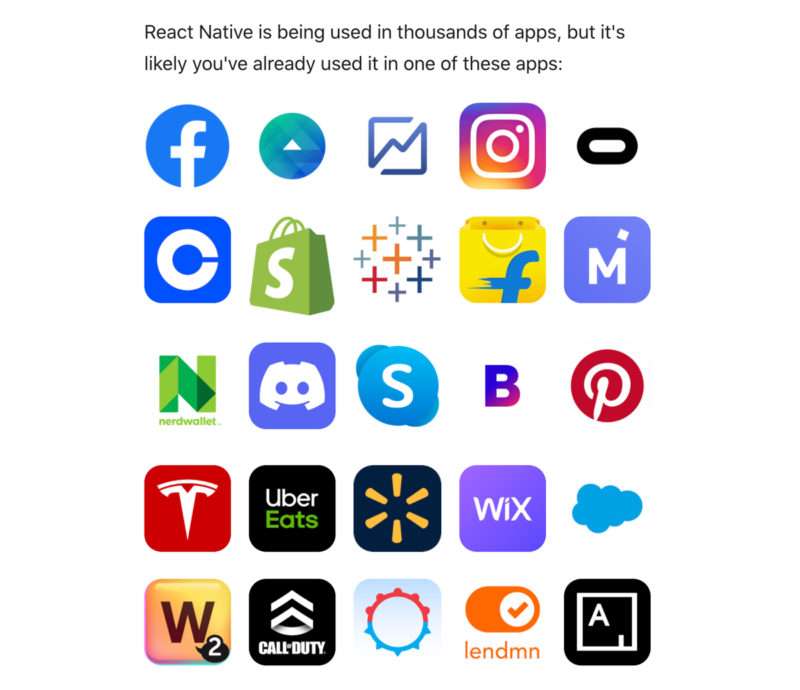
2.2 Flutter
Flutter is an open-source framework created by Google for the development of mobile apps.
Launched in 2017, it’s gained significant popularity due to its ability to develop apps for multiple platforms (like Android, iOS, Windows, Mac, Linux, Google Fuchsia, and the web) from a single codebase.
Flutter uses the Dart programming language, also developed by Google, and it’s known for its fast, straightforward, and efficient development capabilities.
The framework leverages a reactive programming style and emphasizes declarative code over imperative code, which can make it easier to read and manage.
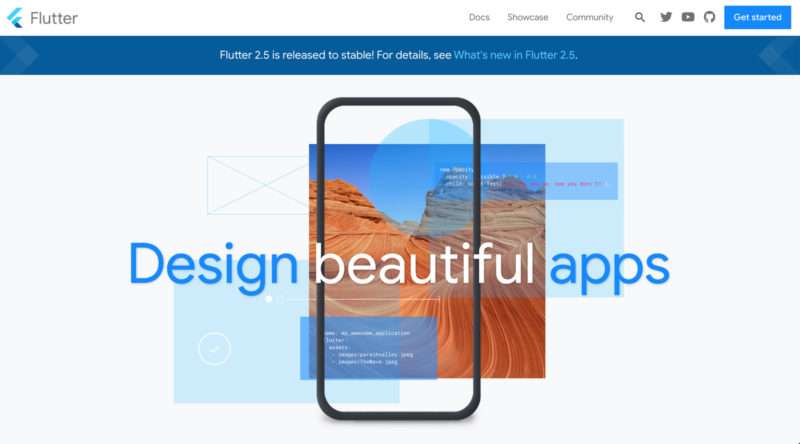
What sets Flutter apart from other frameworks is its widget system.
Everything in Flutter is a widget, and these can be combined in a hierarchical structure to build the complete UI. This results in highly customizable and flexible user interfaces.
Another notable feature of Flutter is its hot reload function. This allows developers to see changes made in the code immediately in the app, without needing a full restart. This can significantly boost productivity and facilitate quick iterations during development.
Benefits:
- Comes with features like hot reload, which allows developers to see their code updates reflected in the app immediately after saving, which can help quicken the development process when building the UI
- Flutter offers a catalog of out-of-the-box widgets to create a beautiful user interface
- It’s known for its exceptional app performance and implementing complex UI animations
- Flutter has built-in tools to make the app more accessible, including support for over 78 languages. It also supports large fonts, screen readers and other web accessibility standards.
- Flutter has a growing community and extensive documentation for developers
Disadvantages:
- Apps built with Flutter can be heavier
- Doesn’t support web apps or progressive web apps
- Dart isn’t a popular programming language
- It’s a young framework, so it’s not entirely stable and has fewer resources than other frameworks

2.3 Xamarin
Xamarin is another top open-source mobile app framework and allows developers to share up to 90% of code across major platforms like iOS and Android.
Xamarin is based on the .NET framework and has a large community of developers. It was acquired by Microsoft in 2016 and supports a wide range of libraries, programming languages, and tools to build native apps using C#.
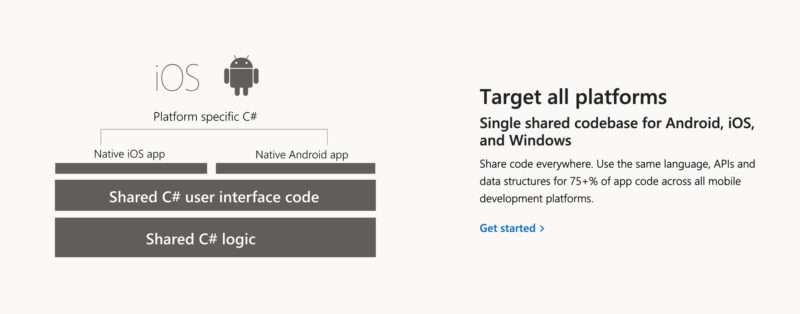
Benefits:
- Xamarin offers access to native APIs and toolkits that help build a native user experience
- The code is highly shareable and reusable, making it easy to develop for multiple platforms
- Uses a single language—C#— to create apps for all platforms
- Builds high-performing apps that come with a very native look and feel
- Comes with platform-specific SDKs like Android SDK and Cocoa Touch for iOS
- Has native-level application functionality
- No hardware compatibility issues due to the use of plugins and APIs
Disadvantages:
- The developer will need to be familiar with the platform-specific code
- Not as much community support as other frameworks
- Doesn’t do well with complex UI
- UI development isn’t mobile-friendly

2.4 Ionic
Ionic is an open-source framework used for building intuitive cross-platform applications and web apps.
This framework contains pre-designed, platform-specific UI components in their native components library for Android and iOS which help build a beautiful interface.
It requires Node.js to operate as part of its larger JavaScript ecosystem and also integrates with React, Vue, and Angular.
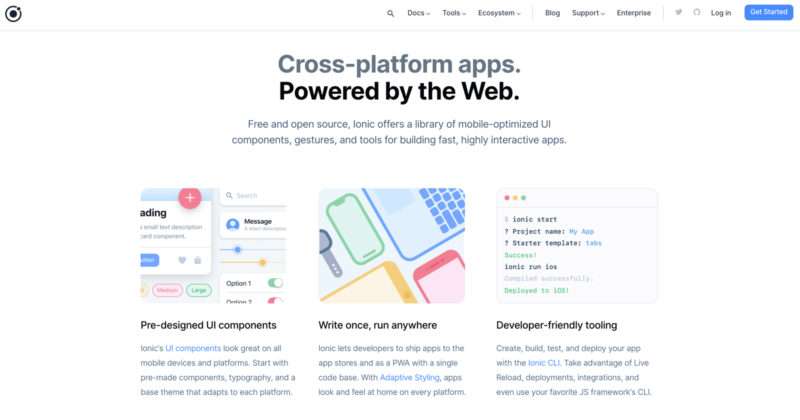
Benefits:
- Uses one single codebase across multiple platforms, allowing for faster time to market
- Maintenance is easy with its built-in browser and debugging tools
- It’s considered an easy software to learn with a low learning curve
- Ionic has a wide range of plugins and integration capabilities
- Extensive selection of UI elements available
- Comes with tools that are native-compatible like Ionic-built APIs
- Large support community
Disadvantages:
- The native plugins can sometimes conflict with each other
- The error messages aren’t very clear, which can make debugging an app a bit more challenging when using Ionic
- Crashes can sometimes occur
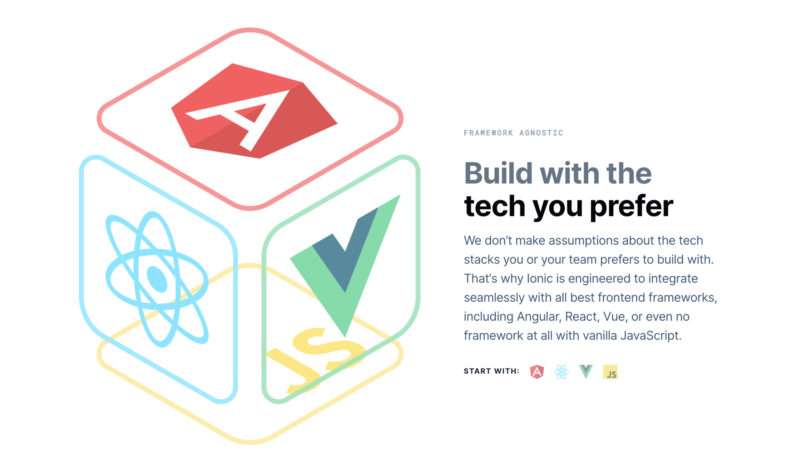
2.5 JQuery Mobile
JQuery Mobile is a simple, touch-optimized user interface framework based on HTML5 and built on the jQuery Core JavaScript framework.
Similar to other frameworks, JQuery Mobile uses a single codebase to create applications across multiple platforms on mobile devices, including Android, iOS, Windows Phone, Blackberry, and more.

Benefits:
- Supports the vast majority of modern smartphone platforms.
- One codebase that runs on all platforms.
- App developers can create their own theme with their ThemeRoller and not have to write any code for it
- Uses HTML5 and JavaScript, allowing for easier development
Disadvantages:
- Good for simple designs but not great for more complex and custom UI
- Not as fast as native app development
- Much more limited in its capabilities than other frameworks and isn’t suitable for all classes of applications
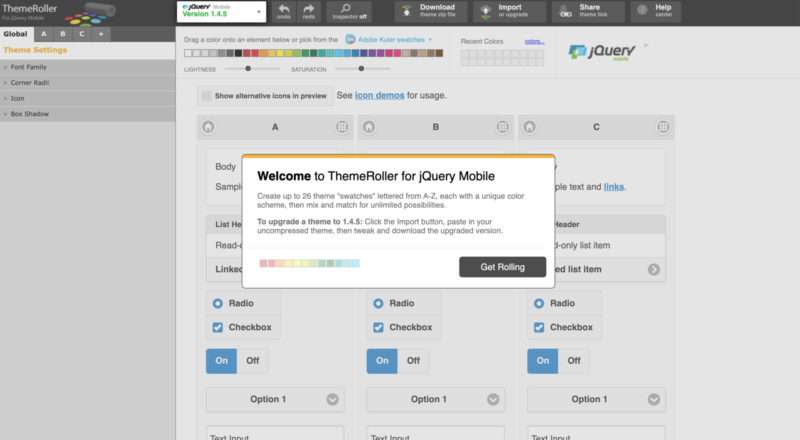
PRO TIP:
Keep in mind that while many frameworks are free and open-source, some of them do offer premium features that may be worth paying for, depending on your goals.
The frameworks on this list are just a drop in the bucket. There’s simply a wealth of popular frameworks for mobile application development that works to give apps a native touch while working on multiple platforms.
As mentioned, using an app development framework can save you a significant amount of time when developing your mobile apps, but that doesn’t necessarily mean it’s for everyone.

Consider first what the goals are for your mobile app—who is the target audience you’re trying to reach?
Does your app need to be available on every platform, or is that overkill?
If you’re developing a mobile app for just the one platform your audience tends to use most, you might not need to use a framework when building your app.
And if you do choose to use a framework, take time to understand the distinctive features each one offers before making a choice.
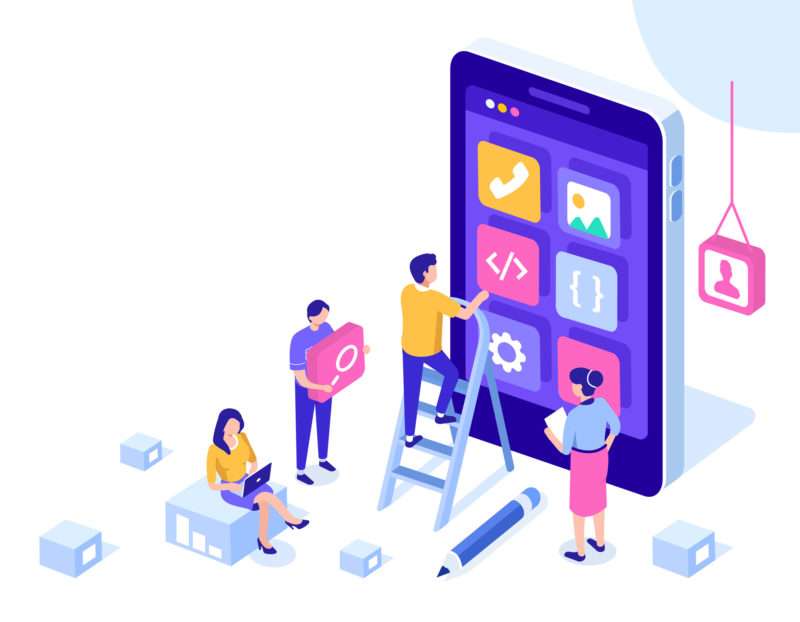
Mobile app frameworks are a great way to launch an app on all the major platforms, therefore expanding your audience reach while also saving you time and money on app development.
But that’s not to say they’re perfect. Every mobile app development framework out there has its own advantages and disadvantages when it comes to building a mobile app.
Which one will you choose?
In our Simple Starter package, we create a complete technical write-up of your app, including what tech stack and framework is best suited for your project, along with wireframes and thorough research analysis.
Which framework on this list are you most excited to use?




